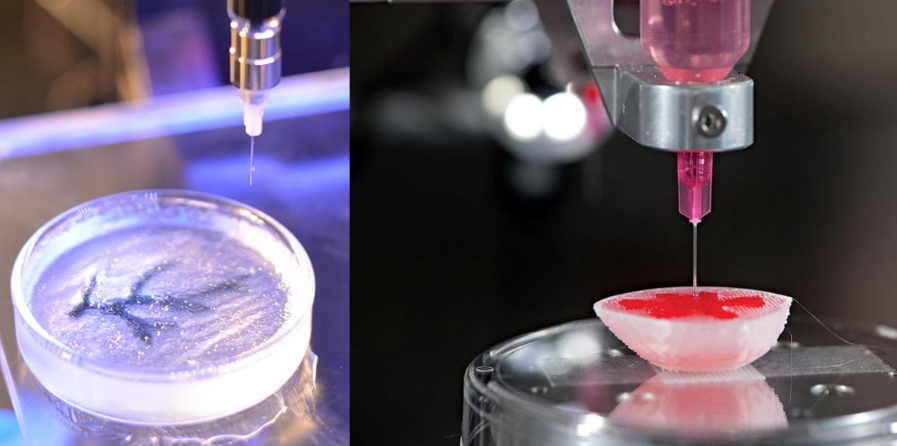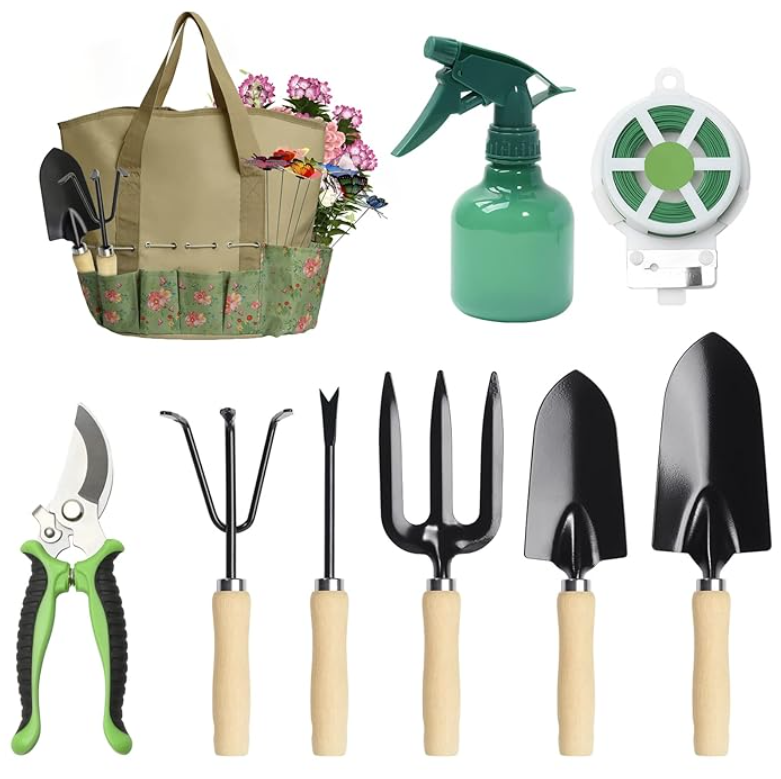Other
The Livestock Revolution: Top Trends in Livestock Management
What is Livestock Management?
Livestock management refers to sustainable and efficient activities carried out by farm owners to raise farm animals for food, clothing, and transportation. It also involves the provision and maintenance of adequate housing, sanitation, feeding, and medical care for animals such as pigs, goats, sheep, horses, and chickens.
Livestock management is crucial for sustainable food production as it ensures the use of effective resources and animal welfare. Various aspects are to be kept in mind during the management of livestock including their housing and shelter, nutrition, healthcare, breeding management, record keeping, transport and handling, pasture management, and grazing. The animals included in livestock management depend on the regional practices, cultural preferences, and resource availability in the area. However, basic livestock animals include cattle, sheep, pigs, chickens, donkeys, horses, camels, bees, rabbits, deer, and ducks.
Livestock management has a wide range of benefits, significantly contributing to the agriculture sector. It is a primary source of meat milk and eggs that provide the required nutrients for human consumption and serves as a source of income for various farmers and rural communities, contributing towards economic development. Additionally, certain livestock breeds are integral to biodiversity conservation. Thus, managing and preserving diverse breeds can help in maintaining genetic diversity, resilience, and adaptability within the animals. In addition, proper livestock management can help soil fertility and land management and contribute to energy production and waste management through the utilization of byproducts like biogas.
Some Of The Recent Trends in Livestock Management
Farm Automation:
The use of automation in farms has been a significant trend as it helps address major challenges like enhancing top-quality food, growing food demands, and a shortage of workers. It has also helped in improving livestock productivity and welfare. Various startups are developing different solutions including automated dairy installations, cleaning systems, incubators, and computerized feeders. Farm automation systems can control the barn environment through automated ventilation and different lighting adjustment systems. Additionally, by utilizing robotics, livestock farms can leverage the benefits of automation in livestock management.
Integration of Artificial Intelligence:
Artificial intelligence has helped livestock farmers receive a better insight into livestock behavior. It has assisted farmers in controlling and preventing diseases among the livestock. Farmers can build an energy-efficient housing structure with the help of AI while many farmers use translation algorithms to understand the grunts and squeals of animals thus ensuring their well-being. Furthermore, improvements in big data and analytics workflows with AI and ML have helped farmers with effective livestock management. These solutions collect animal and farm-level data for enhancing product quality, management practices, and animal health.
Animal Breeding Technologies:
Farmers use different breeding technologies such as sex selection, embryo culture, parthenogenesis, gene transfer, and DNA marker technology to recognize the productive and healthiest animals to maintain a quality herd. One of the most widely used techniques among this is DNA marker technology. It enhances the frequency of desirable characteristics in the future generation of farm animals. Additionally, DNA profiling helps in parenting testing, while embryo transfer and in vitro fertilization technology speed up the genetic progress in one generation whereas traditional breeding methods are used to take five generations.
Precision Livestock Farming:
Precision livestock farming utilizes technology and data-driven approaches to monitor, manage, and optimize livestock production. It encompasses various types of technologies and systems to improve animal welfare, productivity, and overall farm management with less environmental impact. These systems help in remote monitoring, automated feeding, health monitoring and disease management, precision breeding and reproduction, and environmental control.
Blockchain:
Blockchain helps to store immutable data storage for farm-related transactions. This enables traceability and promotes sustainable food production. Blockchain-based solutions help in tracing the entire supply chain throughout the production cycle. It also helps in improving feed safety and animal welfare effectively and connects farmers, consumers, and traders hence, improving the end-to-end supply visibility and streamlining product tracking.
Drones:
Management of huge livestock herds is time-consuming, tedious, and expensive. Drones help in resolving this issue by allowing remote livestock monitoring. It is fitted with cameras and thermal imaging sensors that help in tracking livestock movement, finding stray cattle and livestock, and performing counts. Farmers can implement precision farming with the help of real-time information provided by drones. In addition, these drones help reduce the concerns associated with livestock theft.
Cloud Computing:
The utilization of cloud computing has enabled farmers to efficiently collect data and conduct analytical operations, while simultaneously eliminating higher costs. Consequently, numerous startups are engaged in creating cloud computing platforms to provide farmers the capacity to comprehend the environment and manage operations cost-effectively. These platforms also furnish information regarding livestock's nutritional requirements, health, and breeding conditions, thereby empowering farmers to realize the maximum potential production of their livestock.
Biosafety Surveillance:
Biosafety surveillance is a crucial technology used for preventing the spread of infectious agents among farm animals. It involves the use of bioexclusion and biocontainment measures to maintain the sanitary of the farm animals. This technology also employs biosensors to identify infectious diseases in livestock and detect contaminants and toxins in feed, thereby enhancing animal welfare and productivity. Biosafety surveillance plays a significant role in reducing economic losses caused by diseases that cannot be treated through vaccines.
Follow us on LinkedIn - https://www.linkedin.com/company/xcellent-insights




